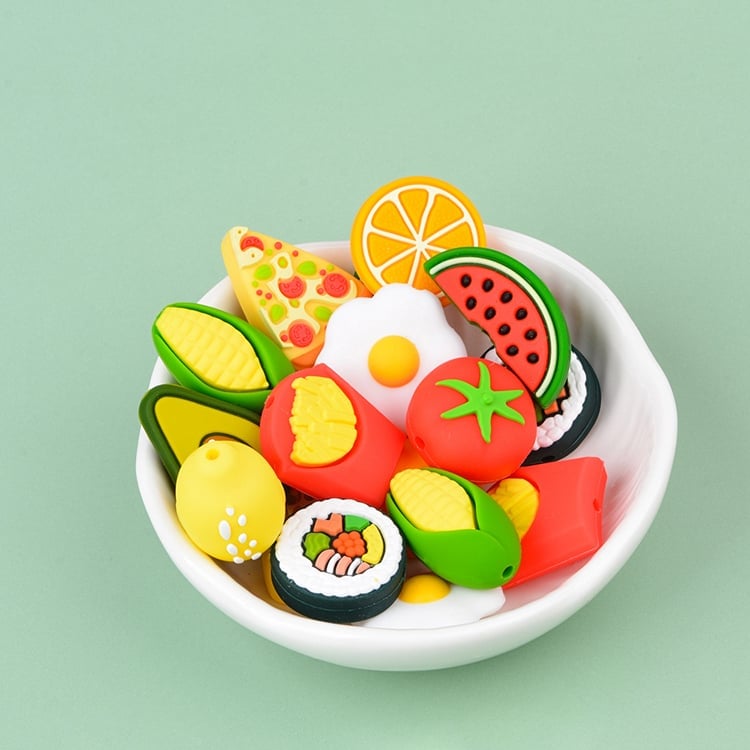DIY Teething Chew Toy - A Complete Guide to Making Safe and Effective Toys for Your Teething Baby
When your little one is going through the teething process, it can be a challenging time for both baby and parents. One way to help ease the discomfort is by providing them with a safe and soothing chew toy. In this article, we will discuss how to create your own DIY teething chew toy using simple and safe materials.
Choosing the Right Materials
When making a DIY teething chew toy, it is important to choose safe and non-toxic materials. Some popular choices include natural wood, organic cotton, and food-grade silicone. These materials are durable, easy to clean, and gentle on your baby's delicate gums.
Designing a Safe Toy
When designing your DIY teething chew toy, make sure to avoid small parts that could pose a choking hazard. Opt for larger beads or shapes that are securely attached to the toy. It is also important to avoid using any harmful chemicals or paints that could be ingested by your baby.
Adding Texture for Relief
Texture is key when it comes to providing relief for teething babies. Consider adding ridges, bumps, or raised patterns to the surface of your DIY chew toy. These textures can help massage your baby's gums and provide extra comfort during the teething process.
Infusing with Natural Remedies
Another way to enhance the soothing properties of your DIY teething chew toy is by infusing it with natural remedies. You can add a drop of essential oil, such as lavender or chamomile, to the toy for added calming benefits. Just be sure to dilute the oil properly and avoid any oils that are not safe for babies.
Freezing for Added Relief
For an extra soothing touch, consider freezing your DIY teething chew toy before giving it to your baby. The cold temperature can help numb your baby's gums and provide additional relief from teething pain. Just be sure to monitor your baby while they are using a frozen toy to prevent any discomfort.
Ensuring Proper Hygiene
It is important to keep your DIY teething chew toy clean and hygienic to prevent the buildup of harmful bacteria. Wash the toy regularly with mild soap and water, and consider sterilizing it occasionally by boiling it in water for a few minutes. Avoid using harsh chemicals or bleach, as these can be harmful if ingested.
Rotating Toys for Variety
To keep things interesting for your teething baby, consider creating multiple DIY teething chew toys with different textures and shapes. Rotating the toys can help prevent boredom and provide your baby with a variety of sensory experiences while they are teething.
Monitoring Wear and Tear
Regularly inspect your DIY teething chew toy for signs of wear and tear, such as loose parts or splintered wood. If you notice any damage, immediately remove the toy from your baby's reach to prevent any potential hazards. It's important to always prioritize safety when it comes to your baby's teething toys.
Seeking Professional Advice
If you have any concerns about creating or using DIY teething chew toys for your baby, don't hesitate to seek advice from a pediatrician or healthcare professional. They can provide guidance on safe materials, proper toy maintenance, and other teething remedies that may benefit your little one.

